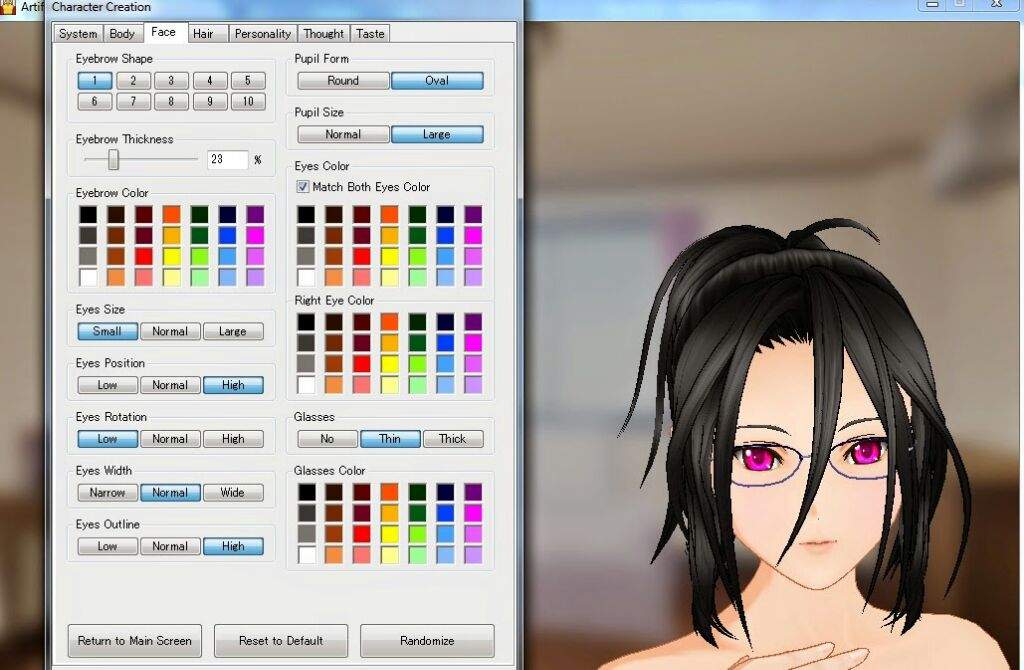
Īs a result of this media coverage, two British Members of Parliament travelled to the seaside areas to survey the damage, and MP Harold Gurden called for a resolution for intensified measures to control hooliganism. The magazine Police Review argued that the mods and rockers' purported lack of respect for law and order could cause violence to "surge and flame like a forest fire". Newspaper editorials fanned the flames of hysteria, such as a Birmingham Post editorial in May 1964, which warned that mods and rockers were "internal enemies" in the UK who would "bring about disintegration of a nation's character". Newspapers described the mod and rocker clashes as being of "disastrous proportions", and labelled mods and rockers as "vermin" and "louts". Eventually calm was restored and a judge levied heavy fines, describing those arrested as "sawdust Caesars." A small number of rockers were isolated on Brighton beach where they – despite being protected by police – were overwhelmed and assaulted by mods. A second round took place on the south coast of England over the Whitsun weekend (18 and ), especially at Brighton, where fights occurred over two days and moved along the coast to Hastings and back hence the "Second Battle of Hastings" tag. Ĭonflicts took place at Clacton and Hastings during the Easter weekend of 1964. Physical conflicts īBC News stories from May 1964 stated that mods and rockers were jailed after riots in seaside resort towns in Southern England, such as Margate in Kent, Brighton in Sussex, and Clacton in Essex. The Who wrote a portrait of the cultures with their 1973 album Quadrophenia. Mods wore suits and other cleancut outfits, and listened to music genres such as modern jazz, soul, Motown, ska and British blues-rooted bands like the Yardbirds, the Small Faces, and the Who. The mod subculture was centred on fashion and music, and many mods rode scooters. The common rocker hairstyle was a pompadour, while their music genre of choice was 1950s rock and roll and R&B, played by artists including Eddie Cochran, Gene Vincent, and Bo Diddley, as well as British rock and roll musicians such as Billy Fury and Johnny Kidd. The style was influenced by Marlon Brando in the 1953 film The Wild One. Rockers generally wore protective clothing such as black leather jackets and motorcycle boots or brothel creeper.


The rocker subculture was centred on motorcycling.

Media coverage of the two groups fighting in 1964 sparked a moral panic about British youth, and they became widely perceived as violent, unruly troublemakers. Mods and rockers were two conflicting British youth subcultures of the late 1950s to mid 1960s.


 0 kommentar(er)
0 kommentar(er)
